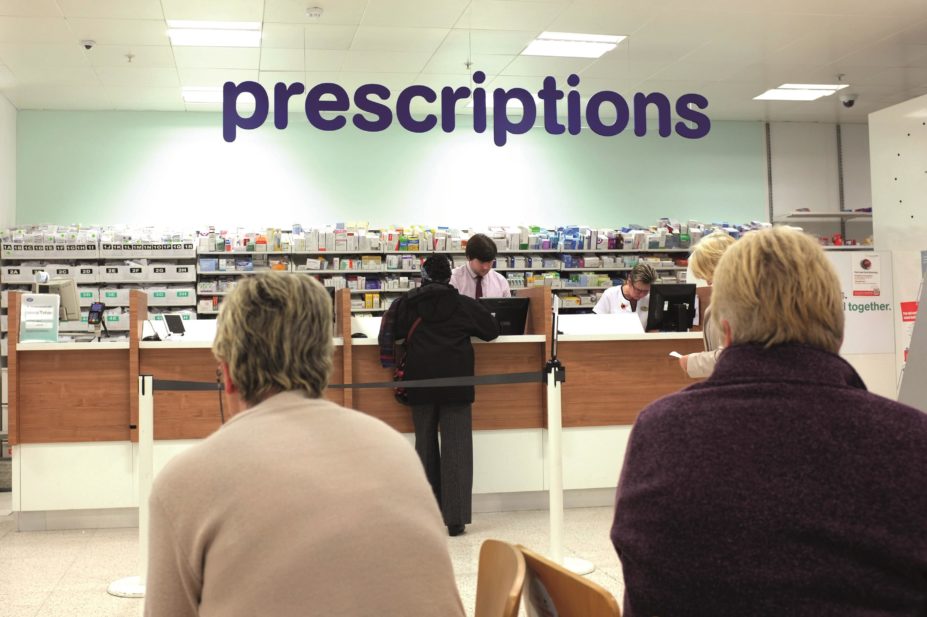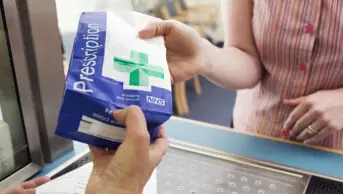
David Willis / Alamy Stock Photo
Community pharmacists who prescribe lipid-lowering medicines as part of a wider package of care can help more patients with dyslipidemia achieve their cholesterol target compared with those who receive traditional care from a physician, according to new research.
Researchers carried out a randomised controlled trial in 14 community pharmacies in Alberta, Canada. They assigned 49 patients with uncontrolled dyslipidaemia to pharmacist-directed care, which involved an assessment of their cardiovascular risk, a review of their low-density lipoprotein cholesterol (LDL-C), prescribing of dyslipidemia medications, and health behaviour interventions. These patients were followed-up every six weeks for six months.
Another group of 50 patients received traditional care from a physician and pharmacist, which included being given details of their lipid results, a pamphlet on cardiovascular disease and routine monitoring and assessment.
The researchers found that 43% of patients given the pharmacist-led care achieved their LDL-C target, compared with 18% of the patients receiving traditional care (P=0.007). The adjusted odds of achieving target LDL-C was 3.30 for the pharmacist-led group (P=0.031).
A reduction in LDL-C levels was observed for both groups, but the reduction in LDL-C levels for the patients receiving pharmacist-led care was significantly greater at 1.12 mmol/L (standard error [SE] = 0.112) than the reduction of 0.42 mmol/L (SE = 1.09) achieved by the usual care group, they found.
Reporting in the Canadian Pharmacists Journal
[1]
(online, September 2016), the researchers conclude that independent pharmacist prescribing results in a clinically significant increase in the proportion of patients meeting their cholesterol targets compared with usual care, which they say “could have major public health implications”.
References
[1] Tsuyuki RT, Rosenthal M & Pearson G J. A randomized trial of a community based approach to dyslipidemia management: Pharmacist prescribing to achieve cholesterol targets (RxACT Study). Canadian Pharmacists Journal. doi: 10.1177/1715163516662291


